Online Activism in Indigenous Languages
Amy Fountain
Meet Dr. Amy Fountain
I’d like to begin this chapter by introducing myself. I earned my PhD here at the University of Arizona in 1998, in the Joint Program in Anthropology and Linguistics. I am now an Associate Professor, Career Track, in the Department of Linguistics. I identify as a linguist, although I value and use my training as an anthropologist as well.
I became a linguist largely by accident. I grew up in two small towns in Eastern Washington State (Yakima and Wenatchee), and was the first in my family to go to graduate school. My first language is English, and it’s still the only language I can carry on a conversation in. I am white, and my heritage is mostly European. I have never experienced discrimination based on language, as the language my family used at home was basically the same as the language that was rewarded in school. Until I was a graduate student, here in Tucson, I did not know that there were speakers of several Indigenous languages in and around my hometowns. I learned that based on books, not based on experience.
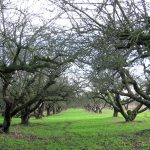
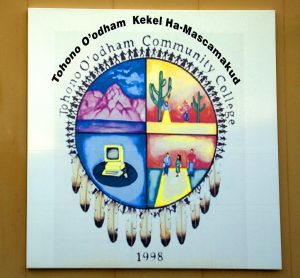
In graduate school, I also learned about the variety of Indigenous languages of Arizona. The Tucson basin is the longest continuously occupied site in North America, and Arizona is home to 22 Federally recognized sovereign Native Nations. Each Nation includes at least one language community, some include several. For example, the Gila River Indian Community, which is near the Phoenix metro area, includes both Akimel O’odham and Piipash speakers. The languages of the Akimel O’odham and Piipash are members of two different language families, they are as different from each other as English is from Arabic.
Since beginning to study the local languages of this place, I have also learned that there are students, staff and faculty who speak Indigenous languages at home, with friends, and in their communities – but rarely at school. And there are students, staff and faculty whose parents or grandparents speak these languages, but who have not had the opportunity to acquire them. Some are studying their languages in classes at the University, in many cases this work is a part of maintaining, creating and sometimes repairing connections with home, family and heritage. So the first lesson of this chapter is that Indigenous languages are all around us, even if they’re not used in public.
As a graduate student I was able to study two local languages, Tohono O’odham and Navajo (Diné Bizaad) in a classroom environment. In the Tohono O’odham language, I would be identified as a mi:lgan. In the Navajo language, I would be identified as a bilagáana. Each of these words is a borrowing of the English word ‘American’ into the Indigenous language. In each case, the term has come to mean something like ‘white person’ or ‘outsider’, though as I understand it, neither is an insult or a slur. My mastery of these languages is poor, and the words I share with you here are the product of my classroom study, not actual usage. If you know these languages, I hope you’ll excuse any errors, and know that they are not the fault of my wonderful teachers.
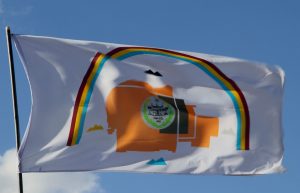
But enough about me. Let’s take a linguistic approach to the study of online activism in Indigenous languages.
By most counts, there are at least 7,000 languages used by contemporary human communities (Eberhardt et al 2020). Each language reflects thousands of years of cumulative cultural, ecological, social and scientific knowledge, and each also reflects a myriad of human connections – between family members, among friends and neighbors, and across generations. Each language is as thoroughly modern as it is ancient, because human language is almost infinitely adaptable and changeable, and it is used to fulfill human needs both noble (prayer, art, law, education) and mundane (gossip, small-talk, scolding, teasing). These languages are all either spoken or signed. Most are used in multilingual contexts, often contexts in which they are economically and politically devalued – but none is less complex, intricate, systematic, creative or useful than any others. All are survivors. But most are under threat.
And most of those 7000+ languages are also missing from the internet. Facebook (which is the most multilingual of the major social media platforms) currently supports only about 110 languages, and 98% of the web pages on the internet in 2018 were written in just 11 languages. Of the 7000+, more than 2,500 languages — representing about 5000 unique cultures and including more than 370 million people — are Indigenous languages (United Nations 2019). Almost all Indigenous language communities are confronted with some form of linguistic and cultural endangerment. The United Nations and UNESCO recognized the year 2019 as the International Year of Indigenous Languages, and at the close of that year, agreed to extend the work and declares 2022 through 2031 to be the International Decade of Indigenous Languages.
Explore Your Linguistic Environment
Using this interactive map, see if you can find out what the Indigenous languages are for any of the places you’ve lived. Then ask yourself the following questions:
Were you already aware of the Indigenous languages of your area? If so, how and where did you learn about them? If not, why not?
The map only has relatively complete data for North America and Australia. It has some data for Central and South America, and some for the Circumpolar North. If you live outside those areas, can you find information about the Indigenous languages around you? Why might it be hard to do that?
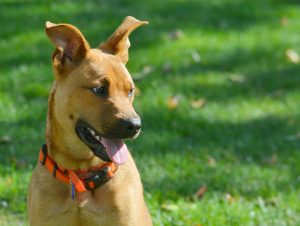
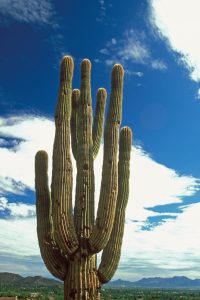
In our class discussion, we won’t make that mistake. Instead, we’ll focus on two Arizona communities whose languages: the Tohono O’odham Nation and the Diné (Navajo) Nation, and we’ll explore issues and approaches associated with online activism in these communities, in their languages, in 2020.
Hear University of Arizona Regents Professor Ofelia Zepeda read one of her poems in Tohono O’odham in the video below.
Get a video lesson in Diné Bizaad from youtuber Daybreakwarrior below.
Media Attributions
- Apple Orchard © scrumpyboy is licensed under a CC BY (Attribution) license
- Tohono O’odham Community College Logo © biotour13 is licensed under a CC BY-NC-ND (Attribution NonCommercial NoDerivatives) license
- Flag of the Navajo Nation © dbking is licensed under a CC BY (Attribution) license
- 16540146562_975cfdb11f_b © sonstroem is licensed under a CC BY (Attribution) license
- 286757494_90d8f6a543_b © Lazlo Ilyes is licensed under a CC BY (Attribution) license

